Last updated on
Discover the cost of hiring a professional kitchen designer in this comprehensive guide, helping you budget effectively for your dream cooking space makeover.
Designing a kitchen can be an exciting and challenging task. It’s the heart of your home, where you cook meals, entertain guests, and spend quality time with your family.
However, creating a functional and stylish kitchen that meets all your needs requires expertise and experience. That’s where hiring a kitchen designer comes in handy.
But how much does it cost to hire one? In this article, we’ll explore the various factors that affect the cost of hiring a kitchen designer and provide you with some insights to help you make an informed decision about your next project. So let’s dive in!
What's Inside
Reasons to Hire a Kitchen Designer
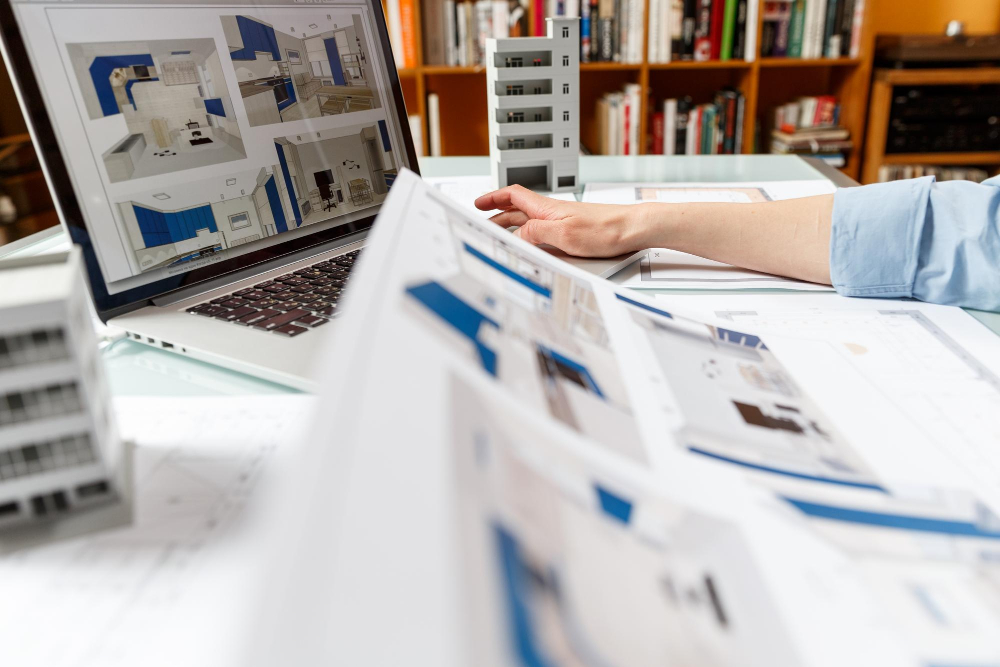
That’s why hiring a professional kitchen designer can be beneficial in many ways. Firstly, they have the expertise and experience to create functional designs that meet your specific needs while also incorporating the latest trends in kitchen design.
Secondly, working with a designer can save you time and money by avoiding costly mistakes that may arise from poor planning or incorrect measurements. They will help you make informed decisions about materials, appliances, cabinetry options based on your budget.
Thirdly, designers have access to resources such as showrooms or suppliers where they can source high-quality products at discounted prices which are not available for regular customers.
Lastly but most importantly is peace of mind knowing that your project is being handled by professionals who will ensure everything runs smoothly from start to finish while keeping within budget constraints.
Determining Your Budget

Knowing how much you can afford will help you narrow down your options and ensure that the designer’s services align with what you’re willing to spend. The cost of hiring a kitchen designer varies depending on several factors, including their experience level, location, and scope of work.
When determining your budget for a kitchen remodel or renovation project, consider the following:
1. Your overall financial situation: How much money do you have available to invest in this project? Are there other expenses that need consideration?
2. The size of your space: Larger kitchens typically require more materials and labor than smaller ones.
3. Your desired style: High-end finishes like custom cabinetry or luxury appliances will increase costs significantly.
4. Any necessary structural changes: If walls need moving or electrical wiring needs updating before installation begins on new cabinets/appliances/countertops/etc., these additional costs should be factored into the budget as well.
Different Types of Kitchen Designers
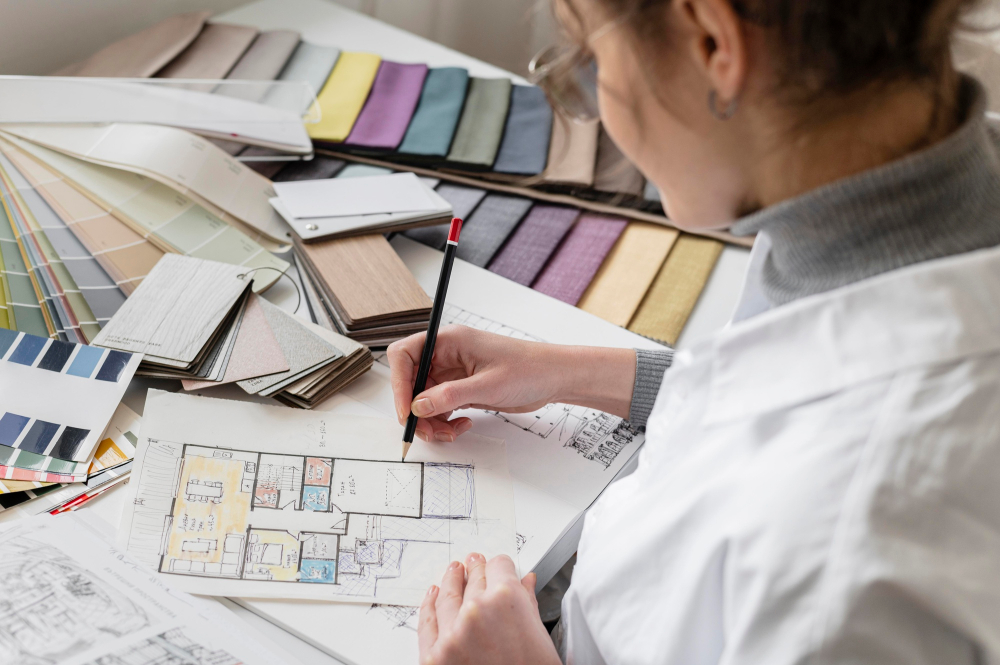
Each type has its own unique set of skills and expertise that cater to specific needs and budgets. Here are some common types of kitchen designers:
1. Interior Designers: These professionals specialize in creating functional and aesthetically pleasing spaces for homeowners by selecting colors, materials, furniture pieces, lighting fixtures, etc.
2. Kitchen Designers: They focus specifically on designing kitchens that meet the client’s requirements while ensuring functionality is not compromised.
3. Architects: They design entire homes or remodels but may also have experience with designing kitchens as part of their services.
4. General Contractors: Some contractors offer design-build services where they handle both the construction work and the design process themselves or through a team member.
5. Showroom Salespeople/Design Consultants – Often found at home improvement stores or cabinet showrooms; these individuals provide basic layout designs based on pre-made templates.
Services Offered By Kitchen Designers

Some designers specialize in specific areas, such as cabinetry or countertops, while others provide comprehensive design and project management services. Here are some common services offered by kitchen designers:
1. Design Consultation: A designer will meet with you to discuss your needs and preferences for the space.
2. Space Planning: The designer will create a layout that maximizes the functionality of your kitchen.
3. Material Selection: The designer can assist with selecting materials such as cabinets, countertops, flooring, backsplashes and more.
4. Custom Cabinetry Design: If you’re looking for custom cabinetry solutions tailored specifically to your needs then this service is perfect for you!
5. Appliance Selection Assistance – Kitchen Designer can help select appliances that fit within budget constraints while still meeting all necessary requirements.
6.Lighting Plan Development- Lighting plays an important role in any room’s ambiance; therefore it’s essential to have proper lighting plan development done by professionals who understand how different types of light sources work together harmoniously.
Factors Influencing Designer Costs

One of the most significant is their level of experience and expertise. A seasoned professional with years of experience in designing kitchens will likely charge more than someone who’s just starting out.
Another factor that affects designer costs is the scope and complexity of your project. If you’re planning a complete kitchen remodel, including custom cabinetry, high-end appliances, and intricate tile work, expect to pay more for design services than if you’re simply updating your countertops or backsplash.
The location where you live can also impact how much designers charge for their services. In areas with higher living costs or where there’s greater demand for skilled professionals like New York City or Los Angeles, designers may command higher fees compared to smaller towns or rural areas.
It’s essential to consider whether your chosen designer charges an hourly rate versus a flat fee structure when determining overall costs. Hourly rates are typically better suited for small projects requiring minimal design input while flat fees are ideal when working on larger-scale renovations that require extensive planning and collaboration between client and designer.
Hourly Rates Vs. Flat Fees
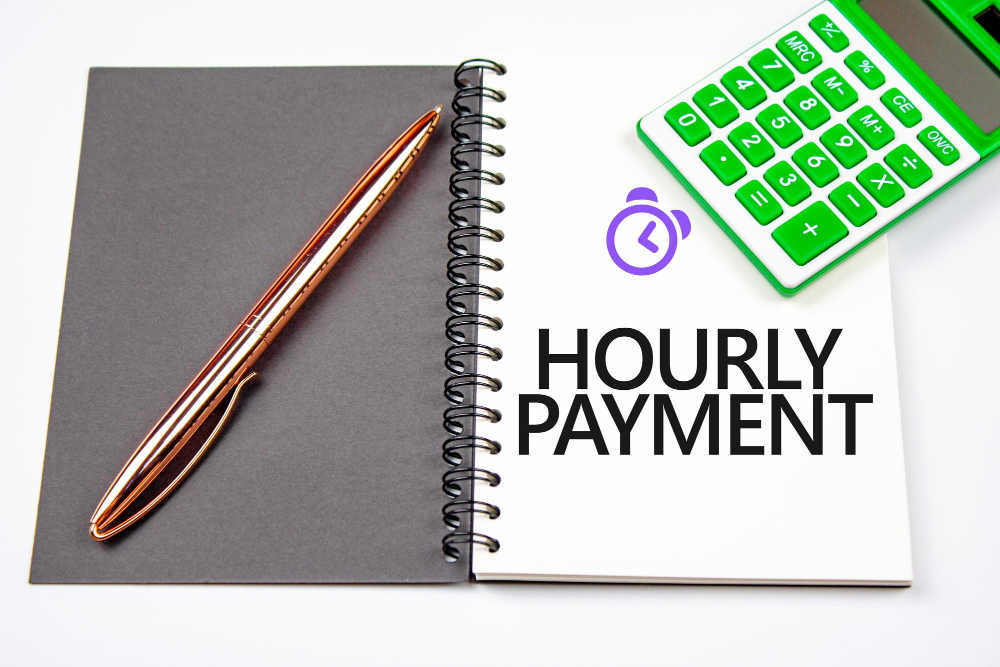
Hourly rates are exactly what they sound like – the designer charges an hourly rate for their services. This can be beneficial if you have a smaller project or only need help with certain aspects of your kitchen design.
On the other hand, flat fees are a set price that covers all aspects of your project from start to finish. This is often preferred by clients who want more comprehensive assistance throughout the entire process.
It’s important to note that some designers may offer both options depending on the scope and complexity of your project. When deciding which pricing structure works best for you, consider factors such as budget, timeline, and level of involvement in the design process.
Designer Experience Levels

The more experienced the designer, the higher their fees are likely to be. However, an experienced designer can save you money in the long run by avoiding costly mistakes and ensuring that your project is completed on time and within budget.
There are three levels of experience when it comes to kitchen designers: entry-level, mid-level, and high-end. Entry-level designers typically have less than five years of experience and may work for larger design firms or home improvement stores.
They often charge lower rates but may lack some of the skills necessary for complex projects.
Mid-level designers have between five and ten years of experience working with clients on various types of projects. They usually work independently or as part of a small team at a design firm specializing in kitchens.
High-end designers have over ten years’ worths of industry knowledge under their belt; they’ve worked with many clients across different budgets while delivering exceptional results consistently throughout their career span. They’re experts at creating custom designs tailored specifically to each client’s needs while incorporating unique features such as smart technology integration into cabinetry or appliances that cater perfectly well according to your lifestyle preferences.
Design Consultation Fees
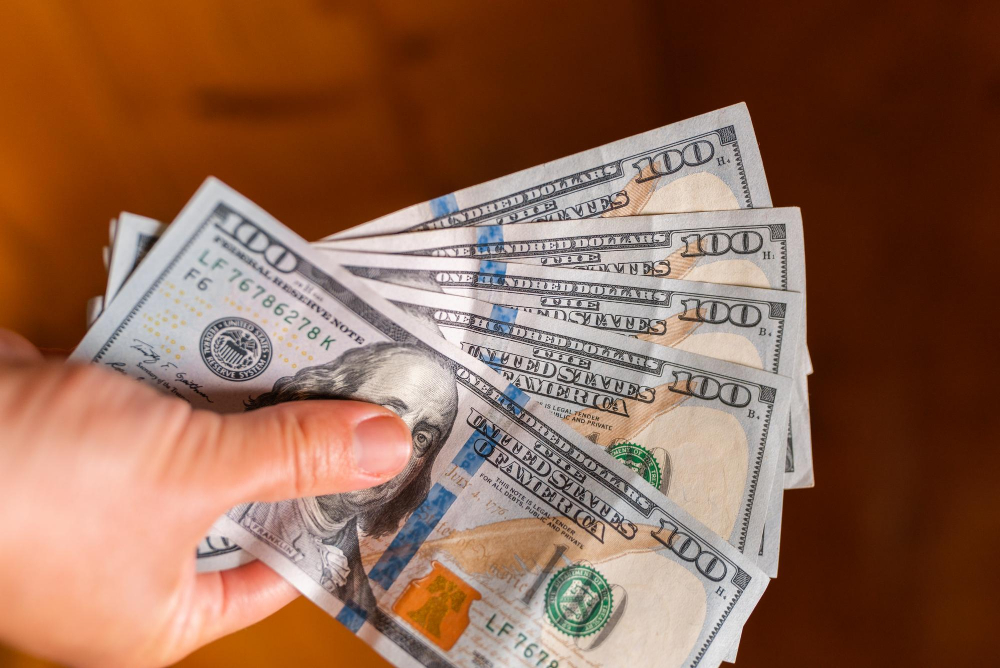
This meeting is an opportunity for the designer to understand your needs, preferences, and lifestyle. It also allows you to ask questions about their design process, experience level, and portfolio.
Most designers charge a fee for this consultation that can range from $100-$500 or more depending on their location and expertise. Some designers offer free consultations as part of their marketing strategy or if they are confident in securing the project.
It’s essential to clarify with the designer beforehand whether there will be any charges associated with this meeting so that there are no surprises later on. If you decide not to hire them after the consultation but still want some design ideas from them then expect additional fees which could vary based on how much time they spend creating designs for your space.
Custom Cabinetry Costs
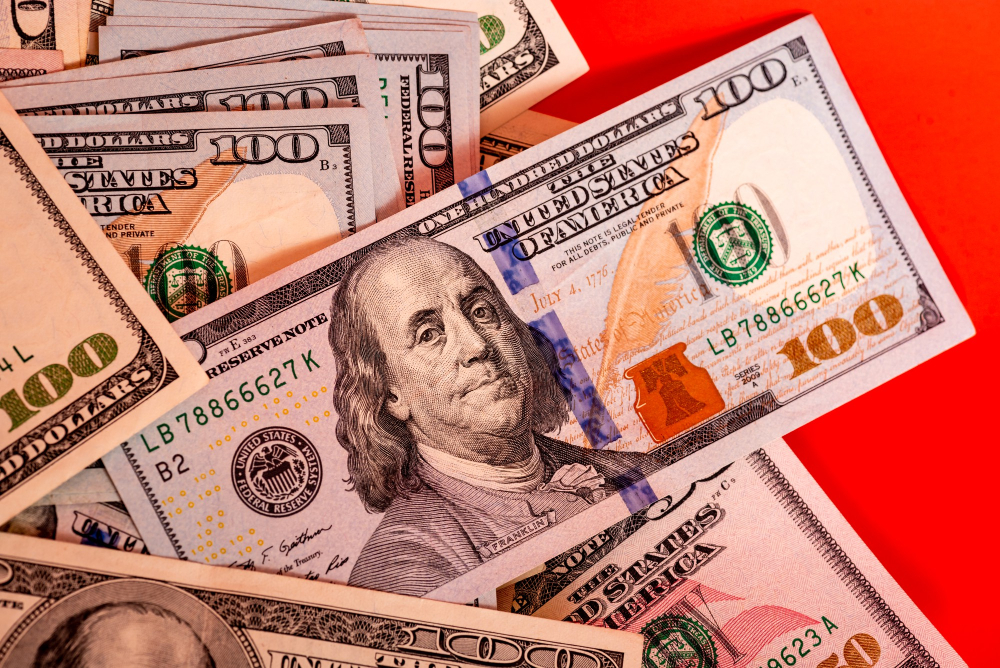
The cost of custom cabinets varies depending on the materials used, the size and complexity of your kitchen, and other factors such as finishes and hardware. On average, custom cabinets can range from $500 to $1,200 per linear foot installed.
When budgeting for custom cabinetry costs with your designer or contractor, it’s essential to consider all aspects that will affect pricing. For example:
- Wood species: Different wood types have different prices; oak is less expensive than cherry or walnut.
- Cabinet style: Simple cabinet styles are less costly than ornate ones.
- Finish options: Painted finishes tend to be more affordable than stained ones.
- Hardware selection: High-end hardware adds up quickly.
It’s also important to note that while stock cabinets may seem like a cheaper option upfront compared with customized designs; they may not fit perfectly into your space or meet all of your needs.
Appliance Selection and Prices
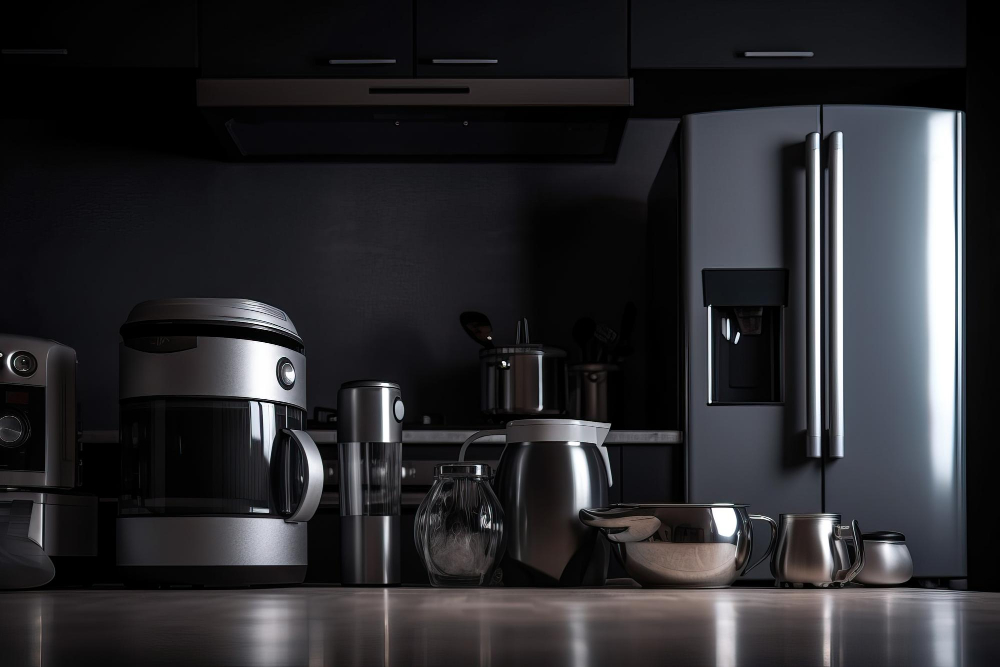
Appliances are not only functional but also play a significant role in enhancing the overall aesthetic of your cooking space. However, with so many options available on the market today, choosing appliances can be overwhelming and confusing.
Kitchen designers can help you navigate through this process by providing expert advice on appliance selection based on your needs and budget. They have access to various brands and models that cater to different styles and preferences.
The cost of appliances varies depending on their features, size, brand reputation, energy efficiency rating (EER), among other factors. High-end brands such as Sub-Zero or Viking tend to be more expensive than mid-range or low-end ones like Whirlpool or GE.
It’s essential to consider both upfront costs as well as long-term operating expenses when selecting an appliance for your kitchen design project. Energy-efficient models may cost more initially but could save you money in utility bills over time.
Countertop Material Options
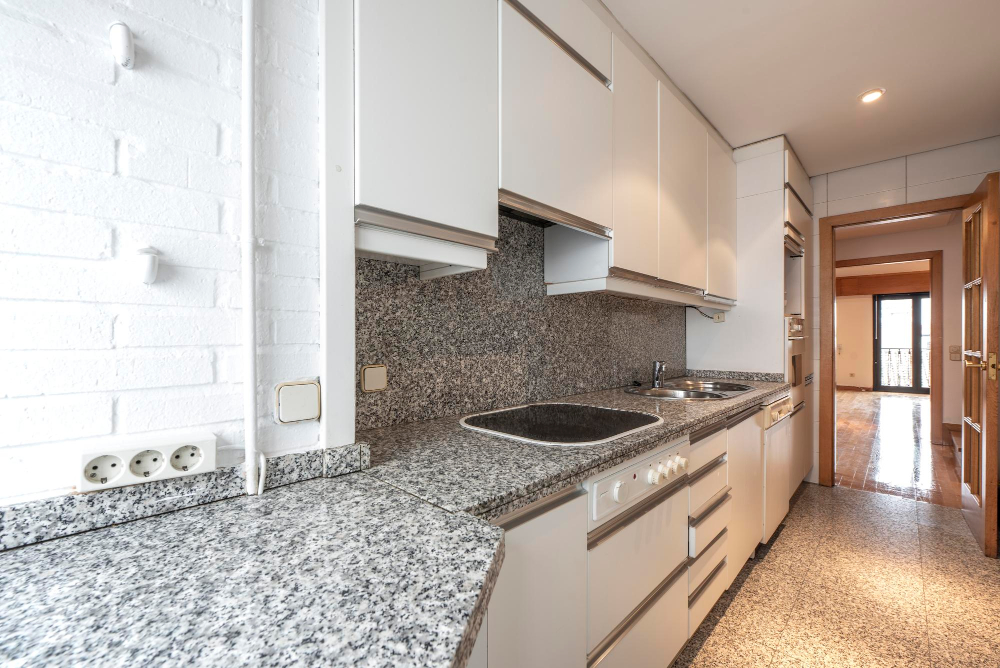
There are several countertop materials to choose from, each with its unique features and price points. Laminate countertops are the most affordable option, starting at around $20 per square foot.
They come in various colors and patterns but may not be as durable as other materials.
Granite is a popular choice for homeowners who want a luxurious look without breaking the bank. It’s available in many colors and patterns, making it easy to find one that matches your kitchen decor style.
However, granite requires regular maintenance to keep it looking its best.
Quartz is another popular option due to its durability and low-maintenance requirements compared to granite or marble countertops; quartz starts at around $50 per square foot but can go up depending on color selection.
Marble has been used for centuries in high-end kitchens because of its timeless beauty; however, it’s also one of the most expensive options starting at about $100 per square foot due mainly because marble needs more care than other types of stone surfaces like sealing every six months or so.
When selecting countertop material options consider factors such as durability (will you need something that will withstand heavy use?), maintenance requirements (how much time do you have for upkeep?), aesthetics (what kind of look do you want), cost-effectiveness(what fits within my budget?).
Budgeting for Labor Costs

The cost of labor varies depending on the scope and complexity of your project, as well as the experience level of your designer. Some designers charge an hourly rate for their services, while others may offer a flat fee that includes both design work and installation.
When budgeting for labor costs, it’s crucial to consider all aspects involved in the installation process. This includes demolition work if necessary, electrical wiring or plumbing modifications required by new appliances or fixtures being installed in your kitchen space.
It is also important to note that some designers may have their own team members who handle installations while others might outsource this aspect to contractors they trust. In either case make sure you understand how much each person will be paid so you can accurately calculate total labor expenses.
Understanding Markup Rates

Markup is the percentage added to the actual cost of materials, appliances, and other items that your designer purchases on your behalf. This markup covers their time spent sourcing these items and any additional expenses incurred during this process.
Markup rates can vary significantly between designers, so it’s crucial to understand how they calculate them before signing any contracts or agreements. Some designers may use a flat rate for all materials purchased while others may charge different percentages based on item type or price range.
It’s also important to note that some designers may offer lower markup rates but have higher design fees or hourly charges. It’s essential to consider all costs when evaluating potential kitchen designers for your project.
To ensure transparency in pricing, ask potential kitchen designers about their markup policies upfront and request detailed invoices outlining each expense with its corresponding markup rate clearly indicated.
Finding the Right Designer for Your Project

With so many designers out there, it can be overwhelming to choose one that fits your style and budget. One way to start is by asking friends or family members who have recently completed a kitchen renovation for recommendations.
You can also search online directories or social media platforms like Houzz and Pinterest for inspiration and reviews.
Once you’ve narrowed down potential candidates, schedule consultations with each of them to discuss their design process, experience level, portfolio samples, fees structure as well as any other questions you may have about the project timeline or communication methods.
During these meetings pay attention not only on their professional qualifications but also on how they communicate with you – are they listening carefully? Are they open-minded? Do they understand what you want?
Interviewing Kitchen Designers

This is an essential step in the process as it allows you to get a sense of their personality, communication style, and design philosophy. You want someone who not only has the technical skills but also understands your vision and can bring it to life.
During the interview process, ask questions about their experience with similar projects and how they approach design challenges. It’s also important to discuss timelines and budget expectations upfront so that there are no surprises down the road.
Don’t be afraid to ask for references or examples of past work either. Seeing completed projects will give you an idea of what kind of results you can expect from working with this designer.
Tips for Collaborating With a Designer
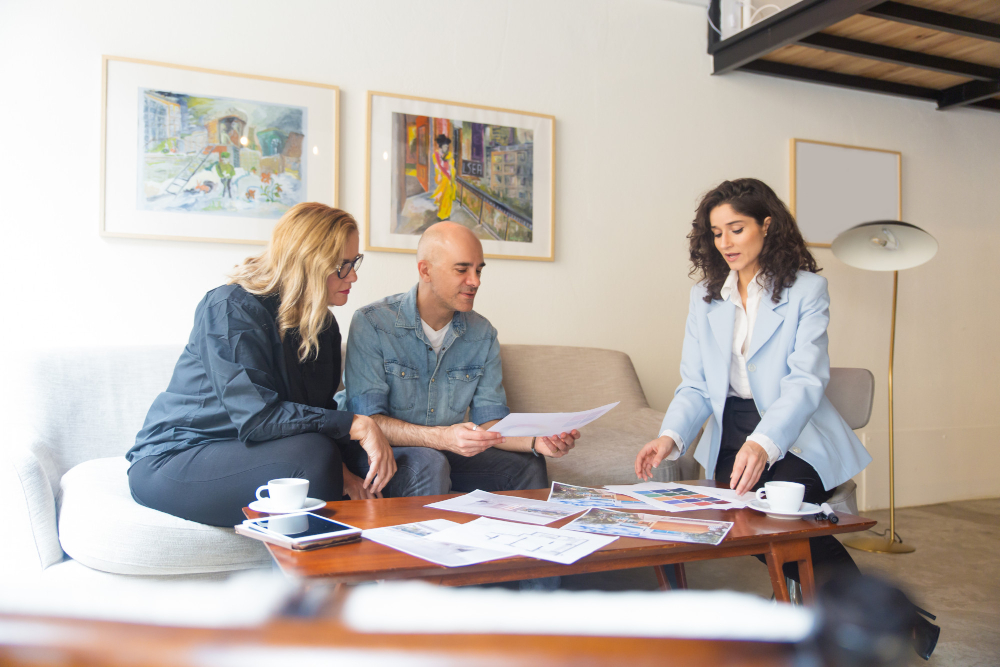
Collaborating effectively with your designer can help ensure that you get the kitchen of your dreams within budget and on time. Here are some tips for collaborating successfully with a kitchen designer:
1. Be clear about what you want: Before meeting with your designer, take some time to think about what features and elements are most important to you in your new kitchen.
2. Communicate openly: Don’t be afraid to speak up if something isn’t working or if there’s an aspect of the design that doesn’t meet your expectations.
3. Trust their expertise: Remember that designers have years of experience creating functional and beautiful kitchens, so trust their recommendations when it comes to layout, materials, and finishes.
4. Stay organized: Keep track of all communication between yourself and the designer by using email or project management software like Trello or Asana.
5. Set realistic timelines: Understand that designing a custom kitchen takes time; set realistic deadlines from start-to-finish while keeping in mind any potential delays due to unforeseen circumstances such as material shortages etc.
Evaluating Kitchen Designer Portfolios

A portfolio showcases a designer’s previous work and gives you an idea of their style, creativity, and attention to detail. It also helps you determine if they have experience designing kitchens similar to yours.
As you review portfolios from different designers, pay attention to the overall aesthetic appeal of each project. Look for designs that align with your personal taste and preferences while still being functional for your needs.
Evaluate how well each design utilizes space and storage options. Consider whether or not the layout would work well in your own kitchen space.
Take note of any unique features or customizations included in each design as this can give insight into what kind of creative solutions a particular designer may bring to your project.
Understanding Contracts and Agreements

A well-written contract protects both parties and ensures that everyone is on the same page regarding expectations, timelines, costs, and responsibilities.
Before signing a contract with a kitchen designer, make sure you read it thoroughly. If there are any terms or clauses that you don’t understand or agree with, ask questions until everything is clear.
Some of the key elements to look out for in a design agreement include:
- Scope of work: This outlines what services will be provided by your designer.
- Payment schedule: This specifies when payments are due throughout different stages of your project.
- Timeline: The timeline should outline when each phase of work will begin and end.
- Change orders: These allow for changes to be made during construction but may incur additional fees.
- It’s also important to note that some designers may require an upfront deposit before beginning any work. Make sure this amount aligns with industry standards (usually around 10% – 20% of total cost) so that you’re not overpaying.
Final Thoughts On Hiring a Kitchen Designer

A professional designer can help you create a functional and beautiful space that meets your needs and exceeds your expectations. However, it’s important to do your research before choosing a designer to work with.
Take the time to interview several designers, review their portfolios, and ask for references from past clients.
Once you’ve found the right fit for your project, be sure to communicate clearly about what you want and need from them throughout the design process. Remember that good communication is key when working with any professional service provider.
Don’t forget about budgeting for additional costs beyond just hiring a kitchen designer – such as custom cabinetry or appliance upgrades – so there are no surprises down the line.
While hiring a kitchen designer may seem like an added expense at first glance; in reality they can save homeowners money by avoiding costly mistakes during construction or renovation projects while also adding value through increased functionality of space which ultimately leads towards higher resale values if ever needed!
FAQ
How much does a freelance kitchen designer charge?
A freelance kitchen designer typically charges between $65 and $250 per hour, with $125 to $150 as the most common rates.
How many hours does it take a designer to design a kitchen?
It takes a designer approximately 25 hours to design a kitchen and sign the contract for products.
What does kitchen designer provide?
A kitchen designer provides services in creating, remodeling, or updating the kitchen area by discussing building materials, themes, colors, patterns, and room layout with clients.
Do Lowes kitchen designers work on commission?
Yes, Lowes kitchen designers work on commission as their salary includes 50% of their commissions from the previous year.
What factors influence the cost of hiring a professional kitchen designer?
Factors influencing the cost of hiring a professional kitchen designer include their level of experience, complexity of the project, regional cost differences, and the designer’s evaluation method for determining fees.
Are there different pricing structures for kitchen design services?
Yes, there are different pricing structures for kitchen design services that vary depending on the designer, project scope, and other factors.
How does the experience level of a kitchen designer impact the overall cost?
The experience level of a kitchen designer impacts the overall cost as more experienced designers typically charge higher fees for their expertise and skills.




